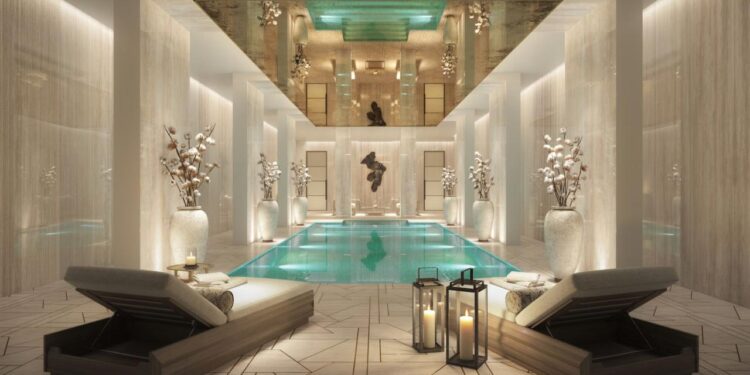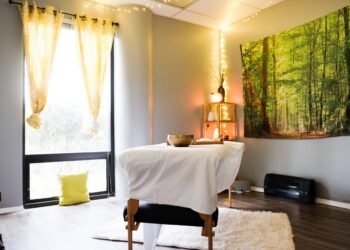The Essence of Wellness Spaces
Wellness spaces are purpose-built corners of the home that promote physical, mental, and emotional well-being. Unlike generic living or work areas, these spaces are carefully curated to support activities such as yoga, meditation, strength training, or simply quiet reflection.
A. Definition and Scope: A wellness space is any dedicated home zone tailored for practices that enhance well-being—exercise, mindfulness, creative therapy, or restorative rest. B. Holistic Approach: True wellness design integrates physical health, mental balance, and sensory comfort through layout, materials, and technology. C. Contemporary Relevance: With remote work and the blurring of home-life boundaries, having a dedicated refuge for self-care is increasingly essential.
Core Benefits of Home Wellness Spaces
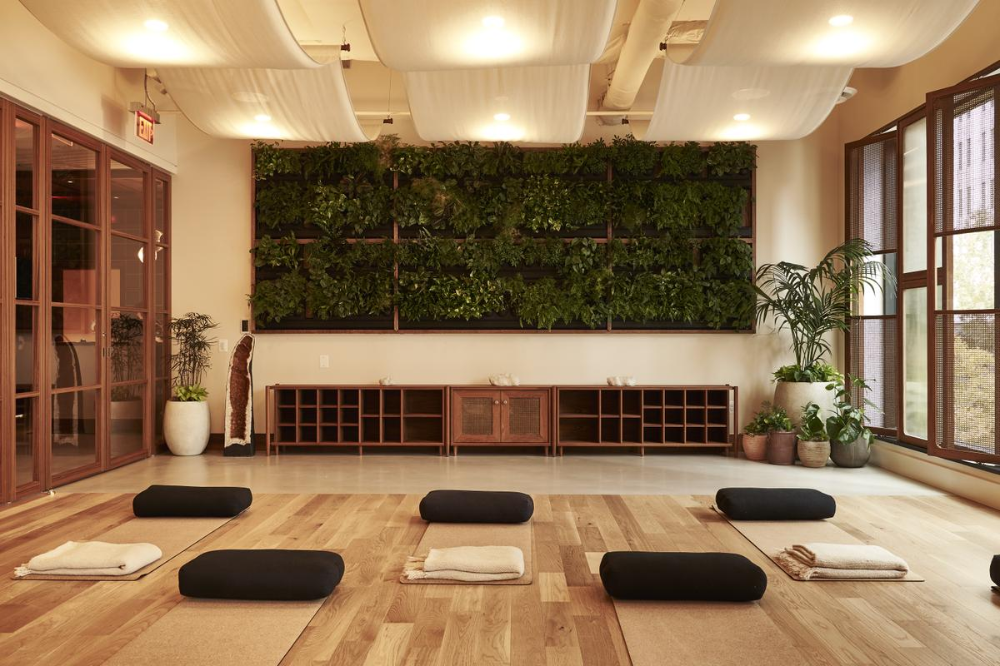
Designing specialized areas within the home yields far-reaching advantages:
A. Physical Health Improvement: Spaces dedicated to movement—yoga mats, resistance bands, or adjustable Pilates equipment—encourage regular exercise and flexibility. B. Mental Clarity: Mindfulness zones with minimal distractions, soft lighting, and ergonomic seating facilitate meditation, journaling, and stress reduction. C. Emotional Resilience: Incorporating sensory elements like aromatherapy, sound therapy, or tactile materials supports emotional regulation and mood enhancement. D. Work-Life Balance: Clearly defined wellness areas help separate self-care from work and leisure, reducing role overlap and burnout. E. Family Well-Being: Multi-purpose zones can host family yoga sessions or evening relaxation gatherings, strengthening emotional bonds.
Designing Effective Wellness Spaces
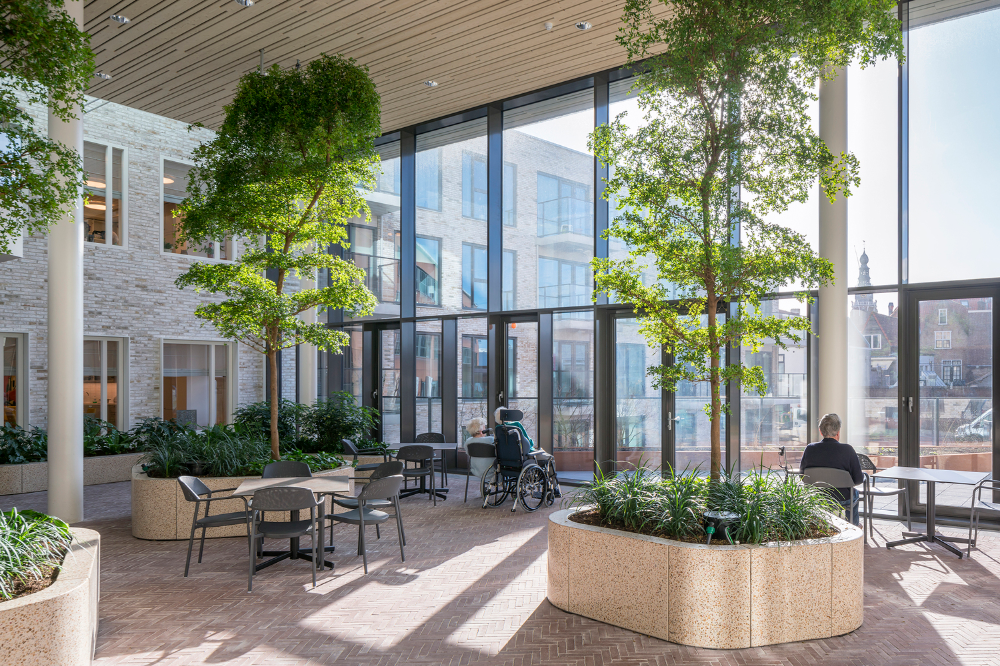
Successful wellness spaces combine functional planning with aesthetic and sensory considerations.
A. Location and Layout: Choose a quiet, low-traffic zone—an unused corner, spare room, attic loft, or outdoor deck—to minimize interruptions. B. Lighting Strategies: Prioritize natural daylight; supplement with dimmable LED fixtures and salt lamps to support circadian rhythms and ambiance. C. Material Selections: Opt for natural materials—bamboo flooring, cork mats, organic cotton cushions—to create warmth and connection to nature. D. Climate Control: Maintain comfortable temperature and humidity with portable air purifiers, humidifiers, or fans, ensuring optimal conditions for exercise and relaxation. E. Acoustic Treatment: Use sound-absorbing panels, indoor water features, or soft textiles to reduce noise and foster tranquility. F. Tech Integration: Incorporate smart speakers for guided sessions, mood lighting systems, or virtual workout displays while keeping cords hidden to preserve serenity.
Types of Wellness Areas
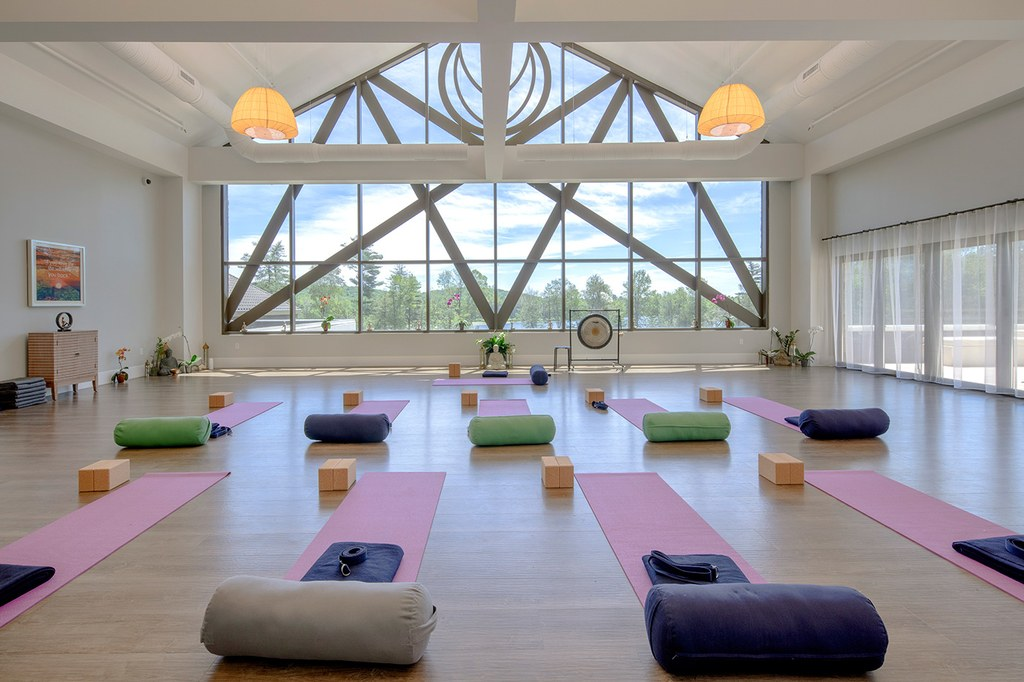
Wellness spaces can serve distinct functions or blend multiple modalities:
A. Yoga and Meditation Nook: Minimalist setup with a yoga mat, bolster pillows, low seating, and a small altar or plant shelf for focus. B. Home Gym Corner: Compact strength and cardio equipment—adjustable dumbbells, resistance bands, foldable treadmill—within reach of a wall mirror and floor mat. C. Quiet Study and Journaling Spot: Ergonomic desk or floor seat facing a window, layered with writing tools, intention candles, and soft ambient music. D. Relaxation Lounge: Oversized floor cushions or hammock chairs, visual art displays, and essential oil diffusers for true rest. E. Family Well-Being Hub: Open-plan space with modular seating, game mats, and space for group classes or creative workshops.
Alphabetized Wellness Zone Essentials
Every wellness space thrives on carefully chosen elements:
A. Aromatherapy: Diffusers with essential oils—lavender for sleep, eucalyptus for energy—add olfactory stimulation. B. Botanical Elements: Indoor plants or vertical gardens purify air and foster connection to living nature. C. Core Equipment: Depending on function—yoga blocks, meditation benches, free weights, cardio machines—for targeted physical activity. D. Digital Guides: Tablets or smart displays loaded with workout videos, guided meditations, or interactive wellness apps. E. Ergonomic Furniture: Adjustable stools, floor cushions, or yoga chairs support posture and comfort during practice. F. Flooring Solutions: Cushioned mats, cork tiles, and interlocking foam provide joint protection and thermal comfort. G. Lighting Controls: Adjustable, tunable LED fixtures to switch between bright focus light and warm, dimmed rest mode. H. Mindful Decor: Artworks, textiles, or wall decals featuring soothing patterns—mandalas, nature scenes, geometric fractals. I. Soundscapes: High-quality speakers or water feature installations offering ambient nature sounds, white noise, or soft music. J. Storage Solutions: Minimalist shelving or concealed cabinets to store equipment and maintain clean, clutter-free spaces.
Integrating Wellness Spaces into Existing Homes
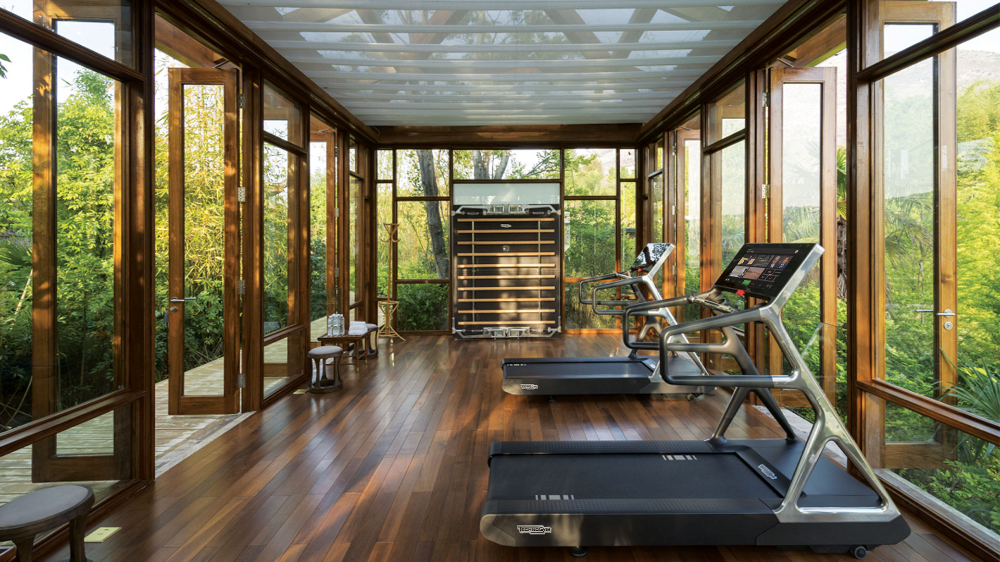
Even modest dwellings can accommodate wellness zones with these approaches:
A. Multi-Functional Furniture: Choose fold-away desks or wall-mounted mats that disappear when not in use. B. Portable Solutions: Rolling carts with equipment and speakers can be stowed and deployed flexibly in living areas. C. Vertical Space Utilization: Wall racks for yoga mats, hooks for resistance bands, and floating shelves for decor maximize square footage. D. Color Zoning: Paint an accent wall in calming hues—sage green, dusty blue, warm beige—to visually delineate the wellness area. E. Modular Partitions: Sliding panels or sheer curtains create separation without permanent walls. F. Outdoor Extensions: A small balcony or patio becomes a wellness patio with weather-resistant mats and potted plants.
Wellness Trends for 2024–2025
As home self-care evolves, designers embrace new concepts:
A. Biophilic Micro-Gyms: Compact home gyms with living walls and natural lighting mimic outdoor exercise environments. B. AR‑Enhanced Workouts: Augmented reality apps project virtual instructors or immersive landscapes into the wellness zone. C. Mindful Tech-Free Corners: Signal-blocking canopies or Faraday cage booths for digital detox and sensory reset. D. Adaptive Smart Lighting: Circadian-tuned bulbs that shift color temperature throughout the day to support energy and sleep cycles. E. Eco-Luxe Materials: Sustainable cork, recycled wood, and vegan leather used in premium mats, benches, and décor. F. Wearable Wellness Integration: Dedicated docking stations for fitness trackers and smart rings that seamlessly blend into décor.
Measuring the Impact of Home Wellness
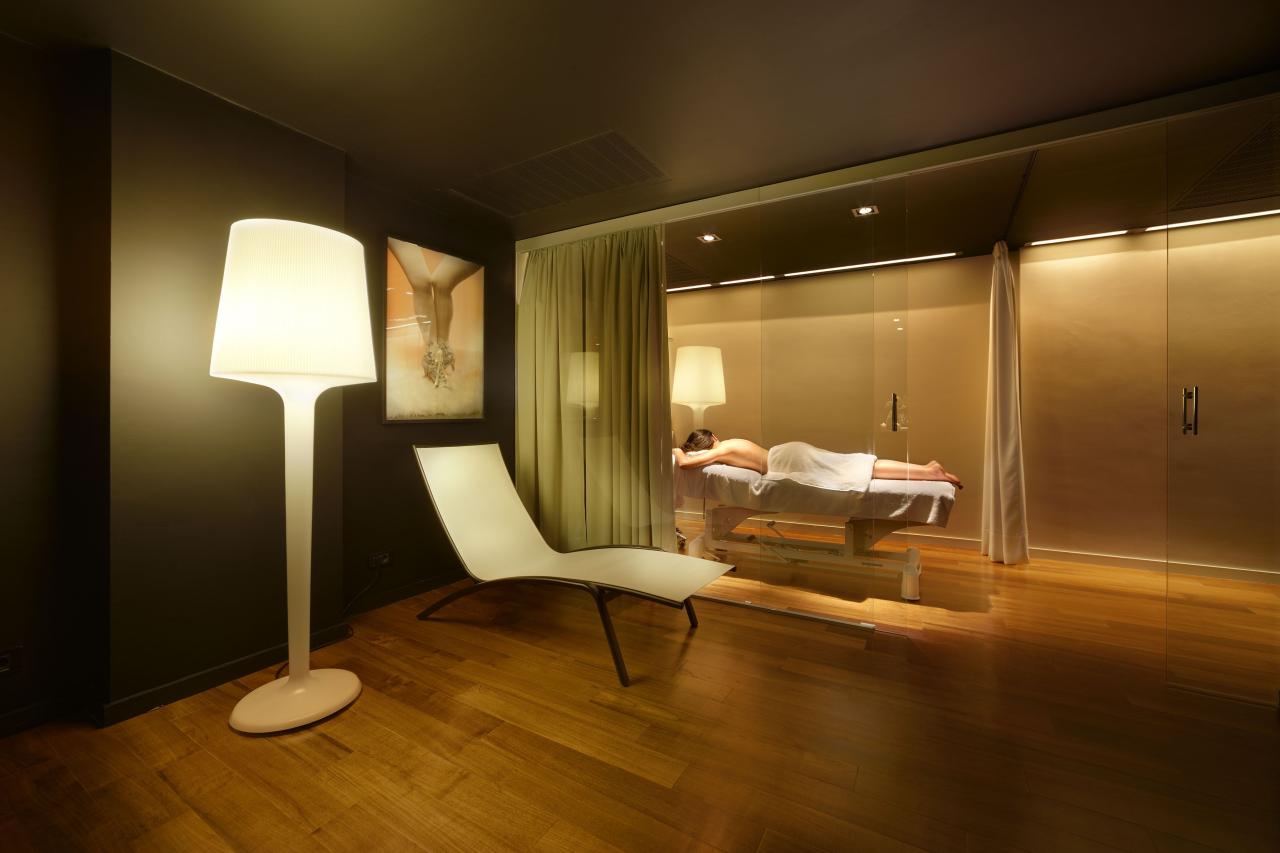
Objective assessment reinforces continued use and improvement:
A. Self-Report Journals: Track mood, stress levels, and sleep quality before and after integrating the wellness space. B. Wearable Data Analytics: Monitor heart rate variability, sleep patterns, and activity levels from fitness devices. C. Usage Metrics: Note frequency and duration of space use via manual logs or smart sensor tracking. D. Feedback Surveys: Gather input from household members on comfort, functionality, and perceived benefits.
These metrics help refine design elements and justify further investment.
Overcoming Common Challenges
Creating effective wellness spaces can face obstacles:
A. Space Constraints: Use modular, collapsible equipment and dual-purpose furniture to maximize utility. B. Budget Limitations: Start with low-cost elements—floor mats, plants, lighting—before adding pricier equipment. C. Motivation Slumps: Rotate guided programs, introduce new equipment, or invite friends for accountability. D. Aesthetic Integration: Select equipment and décor with unified color palettes and finishes to blend with home style.
Proactive planning and flexibility ensure lasting engagement.
Future Directions in Home Wellness Design

The convergence of technology, sustainability, and human-centered design points to new horizons:
A. Virtual Wellness Communities: Platforms where neighbors share space-time slots and classes, fostering social connection. B. AI-Powered Personalization: Systems that adapt lighting, sound, and suggested routines based on biometric feedback. C. Green Energy Fitness Equipment: Exercise machines that convert kinetic energy into electricity for home use. D. Multi‑Sensory Immersion Rooms: Dedicated pods combining scent, sound, light, and vibration for deep relaxation or focus. E. Circular Wellness: Plans to refurbish and recycle home fitness gear, minimizing environmental footprint.
These innovations will reshape how we care for body and mind at home.
Conclusion
Wellness spaces are a transformative addition to any home, promoting health, mental clarity, and emotional resilience. By applying thoughtful design strategies—optimizing light, integrating natural materials, and curating functional equipment—homeowners can craft dedicated zones that meet diverse wellness goals. As trends evolve, the fusion of tech, biophilia, and community-based practices will propel home self-care to new heights. Embrace the power of wellness spaces to enhance your daily life and nurture holistic well-being.

